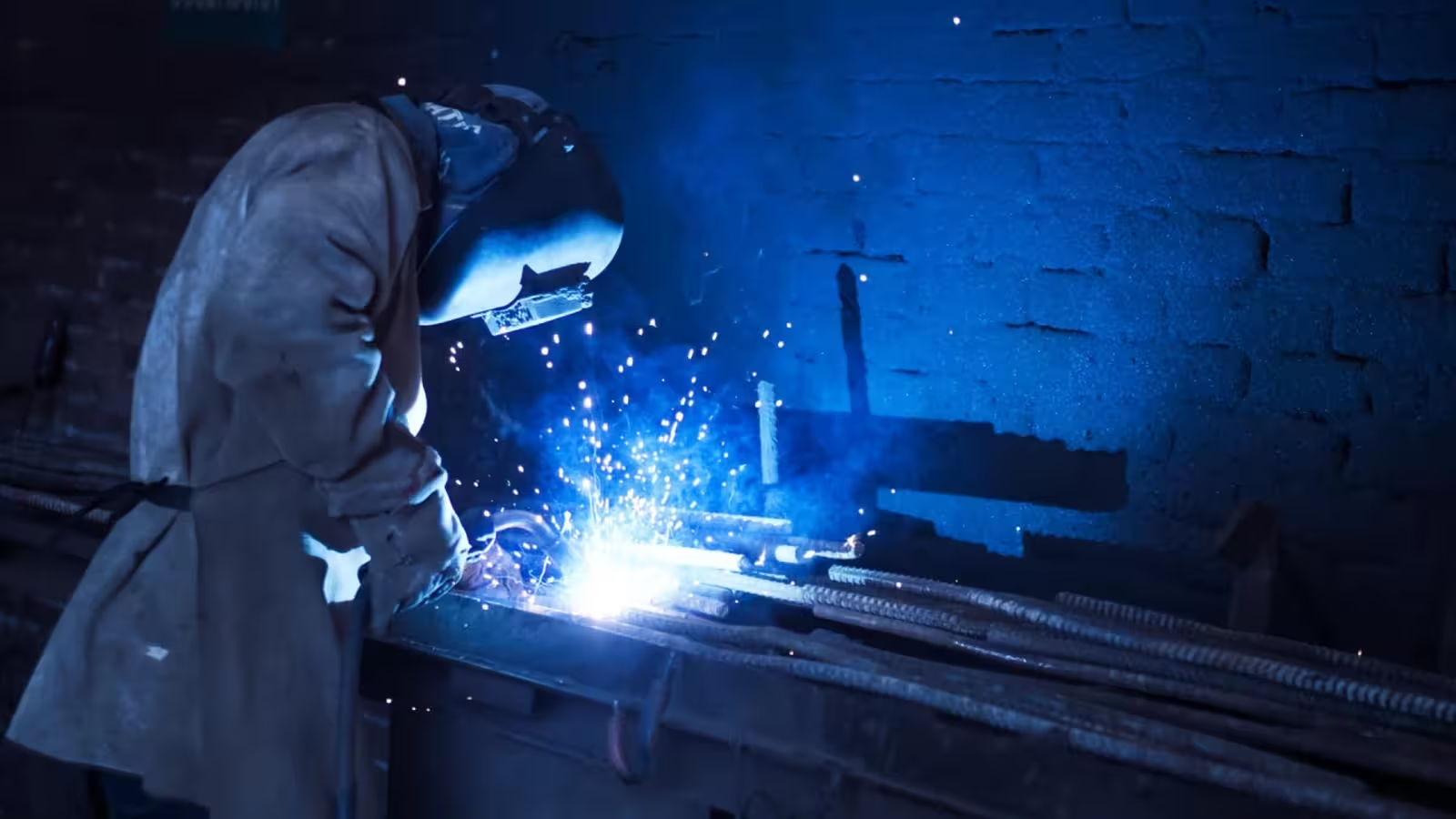3 Minutes
Revolutionizing MXene Synthesis: TU Wien's Safer Approach
A pioneering team from TU Wien (Vienna University of Technology), in collaboration with CEST and AC2T, has unveiled a groundbreaking method for manufacturing MXenes—a family of two-dimensional materials celebrated for their exceptional technological potential. This new process not only sidesteps dangerous chemicals such as hydrofluoric acid but also paves the way for practical, large-scale MXene production, marking a significant turning point in advanced materials science.
What Makes MXenes the ‘Miracle Material’?
MXenes are a class of ultra-thin materials, where each layer is only one atom thick. Composed primarily of titanium and carbon, their unique structure gives rise to properties unattainable in bulk materials of the same elements. As a result, MXenes are at the forefront of research for next-generation batteries, high-performance sensors, electromagnetic interference (EMI) shielding, and ultra-efficient solid lubricants—a capability that extends even to use in space technology. Their wide array of applications has earned them a reputation as a true “miracle material” in the field of nanotechnology and engineering.
Product Features and Comparative Advantages
Traditional MXene synthesis depends on a precursor called the MAX phase, typically comprised of alternating layers of titanium, carbon, and aluminium. Historically, the separation of aluminium from this matrix required the use of hydrofluoric acid—a substance both highly toxic and notoriously difficult to manage safely. Safety concerns and hazardous waste management have long hindered the commercial scaling of MXene production, preventing broader industrial adoption.
In contrast, the new method introduced by TU Wien harnesses electrochemistry and a much safer chemical mixture, specifically sodium tetrafluoroborate and hydrochloric acid (NaBF₄/HCl). Rather than a constant electrical current, the process uses short pulses of voltage (known as cathodic pulsing). These bursts generate minute hydrogen bubbles that continuously activate and clean the surface, enhancing the effective and selective removal of the aluminium layer from the MAX phase. According to Pierluigi Bilotto of TU Wien’s Institute of Engineering Design, this meticulous voltage control enables only the aluminium atoms to be stripped away, producing exceptionally pure electrochemical MXenes (EC-MXenes).
Efficiency, Yield, and Quality Control
Remarkably, this innovative approach delivers up to 60% yield of high-quality EC-MXene in a single processing cycle—without generating dangerous byproducts. The research team verified the structure and purity of their product through advanced chemical analysis techniques, including SEM/EDX for elemental mapping, XPS and LEIS for surface chemistry, and AFM, TEM, Raman, and XRD for investigating the material’s atomic arrangement and physical dimensions.
The pulsed electric synthesis not only streamlines MXene production but also vastly improves material integrity by keeping the reactive surface free from contaminants throughout the process. This leap in both yield and quality represents a paradigm shift away from risk-laden traditional techniques.
Market Impact and Future Applications
With their enhanced conductivity, robustness, and lubricating capabilities, MXenes are poised to transform industries like energy storage, flexible electronics, aerospace engineering, and high-performance coatings. The simplification and safety of this new electrochemical synthesis process could accelerate the transition of MXene-based technologies from laboratory research to mass-market products, unlocking new opportunities in clean energy, advanced sensors, and industrial lubrication solutions.
As Pierluigi Bilotto enthused, “Our aim is to make MXene synthesis so user-friendly it could be done in any kitchen. And we are closer than ever to achieving this.”
This breakthrough not only enhances the scalability and sustainability of MXene manufacturing but also reinforces the material’s growing relevance in the global technology market.
Source: neowin



Comments